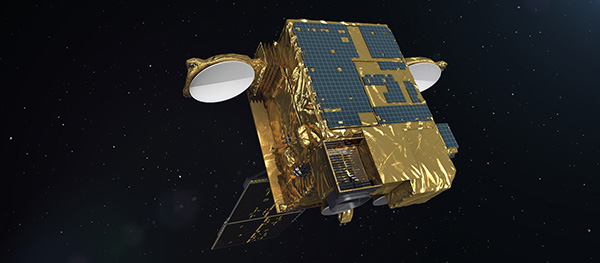Home
Introduction
About us
About us
"Fly in the Sky"
With its intellectual roots in the fundamental science of mechanics, mechanical and aerospace engineering has today evolved into a versatile discipline that impacts nearly every major advance in technology.
Mechanical and aerospace engineers design, manufacture, and control machines ranging from nano-devices to robots, aircraft, and spacecraft, and they design the engines and power plants that drive these machines.
They also analyze the environmental impact associated with power generation and strive to promote environmental quality. Furthermore, they study human physiology, develop health care devices and systems, strive to gain a deeper understanding of creativity and the design process, and investigate ways to make machines intelligent.
To achieve these goals, mechanical and aerospace engineers rely on tools derived from mathematics, physics, and chemistry, together with engineering science and technology, to make advances in such diverse areas as fluid mechanics, heat transfer, propulsion, manufacturing, control systems, and environmental engineering.

The School of Mechanical and Aerospace Engineering at Seoul National University was formed in 1997, following the merger of three departments with programs in thermal and fluid engineering, mechanical design and production engineering, and aerospace engineering.
Today the School comprises 45 regular faculty and 10 emeriti faculty, 20 research faculty, 1300 undergraduate students, and 600 graduate students. A full range of courses is offered leading to Bachelor of Science (BS), Master of Science (MS), and Doctor of Philosophy (PhD) in Mechanical and Aerospace Engineering degrees.
Faculty research covers the entire spectrum of mechanical and aerospace engineering, including research with strong interdisciplinary links to materials science, semi-conductor processing, computer and information engineering, and technology management.
The School directly oversees the management and operation of four research centers: the Institute for Advanced Machinery and Design, the Engineering Research Center for Micro-Thermal Systems, the Institute for Next-Generation Automotive Technology, the Aircraft Technology Research Center, and the Institute for Advanced Aerospace Technology. National Creative Research Initiative Centers for Nano-Particle Control, Turbulence and Flow Control, and Multiscale Design have also been established within the School.
In addition, faculty play active roles in the Engineering Research Center for Advanced Control and Instrumentation, the Inter-University Semiconductor Research Center, the Underwater Acoustics Research Center, and various other interdisciplinary research centers throughout the University.
With state-of-the-art facilities for cutting-edge research and multimedia teaching, the School continues to prepare its students to be at the forefront of technology research and management.
Presently the School is engaged in planning to significantly enhance the number of students, faculty, and facilities as part of its mission to become a world-class center for graduate teaching and research in mechanical and aerospace engineering.
